Raspberry Horntail Control: What Is A Raspberry Horntail


Raspberry horntail damage becomes most visible in early summer. What is a raspberry horntail? These wood wasps lay their eggs in caneberries, and the larvae burrow into the stem and eventually girdle it. The wasps themselves aren't harmful to your raspberries, but their young do extensive damage. Some tips on how to manage raspberry horntails follows.
Raspberry Horntail Information
Raspberry horntail larvae are like teenagers running amok in your berry patch. While the parent is the originator of these pests, they have little effect on the berry canes. Controlling raspberry horntails begins with control of the adults, removal of host plants, and vigilance towards identifying infected canes. Host plants include wild brambles, caneberries (like raspberry and blackberry), and rose. Since control would start with recognizing the adults and preventing them from laying the eggs, identifying cues are useful. The adults are about ½ inch (1 cm.) in length, having narrow bodies with iridescent black coloring and have very long antennae. The larvae are white with brown heads and an inch (2.5 cm.) long. They overwinter in the canes and adults emerge from small holes in the stem in early spring. The larvae also have a short, sharp spine at the rear end, from which the species name hails. Females insert eggs under the epidermis in new growth. Usually, she only deposits one egg per cane. The pearl-like eggs have a pointed end and pupate inside the canes in early spring. Once they are larval, the larvae tunnels in a spiral form up the cane. Larvae feed on cambium until they reach the shoot tip, when they feast on both cambium and pith, creating a chamber. Overwintering larvae that are older will reverse direction and tunnel into pith further down the cane where they chew out a large pocket in which to overwinter. The feeding and tunneling causes the tips of young growth to wilt. This is evident in June to July. Drooping tips and the presence of an ovipositor scar, dark reddish in color, indicate infestation. Raspberry horntail control is necessary as soon as any shoot tip drooping is observed to prevent the insect from further girdling the cane and killing it.
How to Manage Raspberry Horntails
Healthy plants are the first step in raspberry horntail control. Most raspberry horntail information does not recommend pesticides as a control but, if high infestations are common, use contact insecticides in early spring. Choose products that do not harm pollinating insects. In most cases, manual practices are the most useful in controlling raspberry horntails. If only a few canes are affected, kill the larvae by squeezing the end of the cane. For larger infestations, prune out the ends of canes and destroy the plant material. Watch canes and remove tips every two weeks to prevent larvae from maturing and burrowing down into the cane.
Gardening tips, videos, info and more delivered right to your inbox!
Sign up for the Gardening Know How newsletter today and receive a free copy of our e-book "How to Grow Delicious Tomatoes".

Bonnie Grant is a professional landscaper with a Certification in Urban Gardening. She has been gardening and writing for 15 years. A former professional chef, she has a passion for edible landscaping.
-
 Best Indeterminate Tomatoes: Flavor-Packed Varieties For Fresh Harvests All Summer Long
Best Indeterminate Tomatoes: Flavor-Packed Varieties For Fresh Harvests All Summer LongIndeterminate tomatoes are vining varieties that fruit all season. Discover their distinctive features and how to choose the best type to grow in your garden.
By Bonnie L. Grant
-
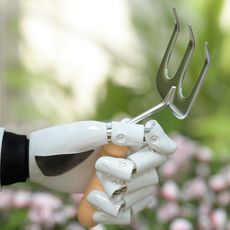 The Dangers Of AI For Gardening – How To Know What’s Real When It Comes To Your Garden
The Dangers Of AI For Gardening – How To Know What’s Real When It Comes To Your GardenThings aren’t always what they seem when it comes to using AI for gardening. Be discerning when relying on AI for accuracy, and take the time to do research.
By Teo Spengler
-
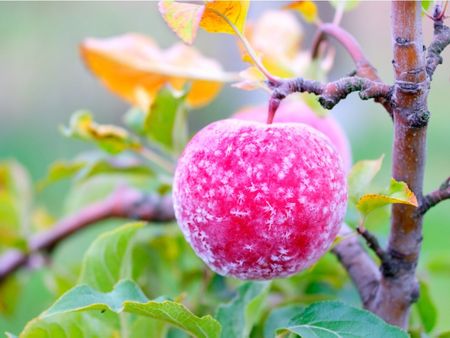 How To Protect Fruit Trees From Frost And Freeze
How To Protect Fruit Trees From Frost And FreezeChoosing fruit trees appropriate for your growing zone is best, but you still may need to protect them from extreme cold. Read how.
By Bonnie L. Grant
-
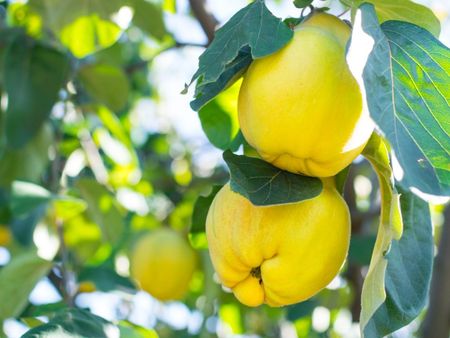 Best Plants For Late Summer and Fall Fruit Harvest
Best Plants For Late Summer and Fall Fruit HarvestEven if you don’t have the optimal conditions for more common fruit trees, there are other end of summer fruits to enjoy.
By Teo Spengler
-
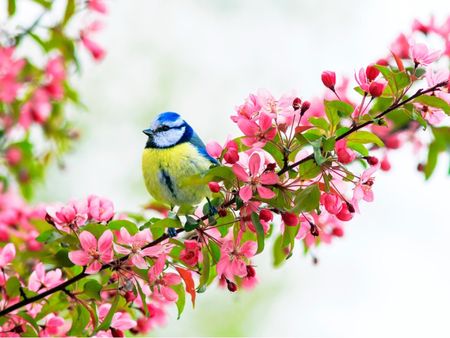 Best Native Fruit Trees To Support Wildlife
Best Native Fruit Trees To Support WildlifeIf you want trees that will attract and feed wildlife, learn the best kinds of edible fruit and nut trees to plant for inviting specific creatures.
By Teo Spengler
-
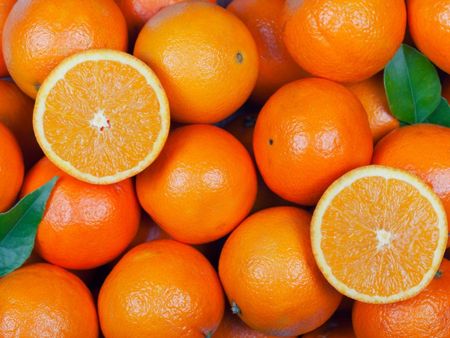 Orange Fruit Varieties: Growing Fruits That Are Orange
Orange Fruit Varieties: Growing Fruits That Are OrangeOrange colored fruit isn’t limited to the citrus orange. There are plenty of other orange colored fruit varieties, each packing a healthful punch. Read on for more.
By Amy Grant
-
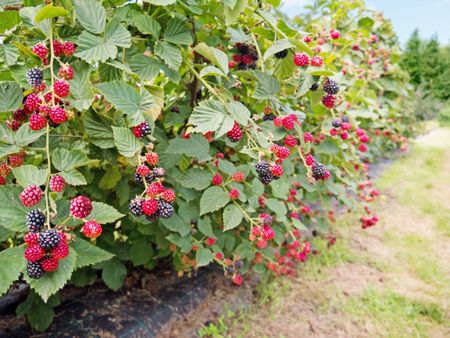 Everbearing Plants: Learn About Everbearing Varieties Of Fruit
Everbearing Plants: Learn About Everbearing Varieties Of FruitWhat does everbearing mean? And more importantly, how do everbearing varieties differ from non-everbearing types? Read on for more.
By Laura Miller
-
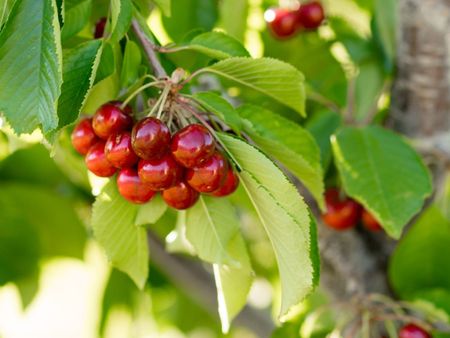 Plant A Red Fruit Garden: Growing Fruits With Red Flesh
Plant A Red Fruit Garden: Growing Fruits With Red FleshPlanting a red fruit garden may seem a bit whimsical. That is, until you realize the health benefits of consuming fruits with red flesh.
By Laura Miller
-
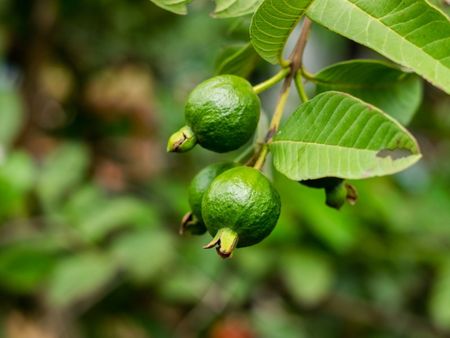 Heat Tolerant Fruits - Growing Fruit In Hot Weather
Heat Tolerant Fruits - Growing Fruit In Hot WeatherSome fruit grows in extreme heat naturally. But there are also specially cultivated, heat-tolerant varieties. For more information on heat tolerant fruits, read on.
By Teo Spengler
-
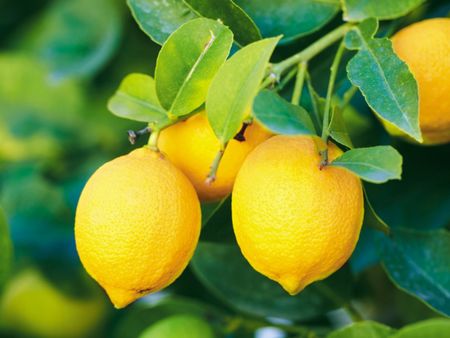 Yellow Fruit Varieties - Growing Fruit That Is Yellow
Yellow Fruit Varieties - Growing Fruit That Is YellowWhat fruit is yellow? There's more than the bananas at the supermarket. Try growing yellow fruit for a consistent supply of sunny food.
By Bonnie L. Grant